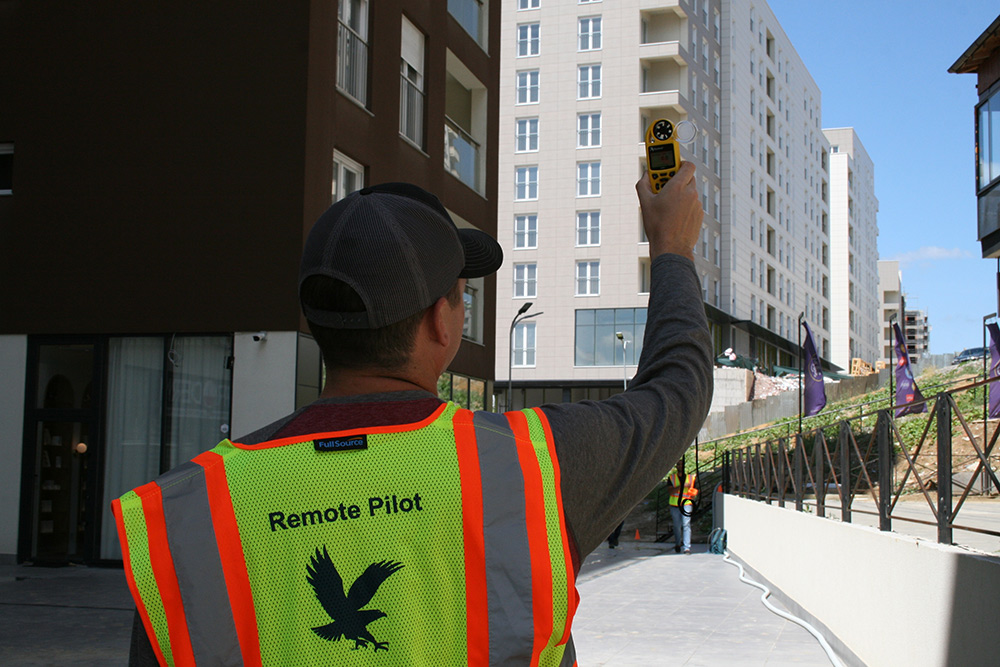To aid in the integration of unmanned aircraft systems (UAS) and urban air mobility (UAM), faculty and students are studying and modeling the atmospheric-urban boundary layer — the space in the sky where UAM will ultimately operate. Professor Dan Macchiarella and 23 students conducted a pilot study last summer in the city of Pristina, Kosovo. The country’s supportive regulatory environment is an “untapped goldmine” for UAS activities, he says.
The student-faculty team collected data on humidity, wind and barometric pressure, to study how these are impacted by an urban environment. “There are a lot of variations in wind around buildings — you may be outside an urban canyon, and the wind is blowing 12 knots and bending around buildings. We have sensors that we developed with Kevin Adkins (College of Aviation) to collect atmospheric data and model wind in urban environments,” Macchiarella says.
This data will be important to realizing safe and reliable operations of remotely piloted and autonomous systems in urban areas, he says. Additional studies in Kosovo and the United States are planned. Embry-Riddle’s work in Kosovo is sponsored in part by the U.S. Embassy in Kosovo.
